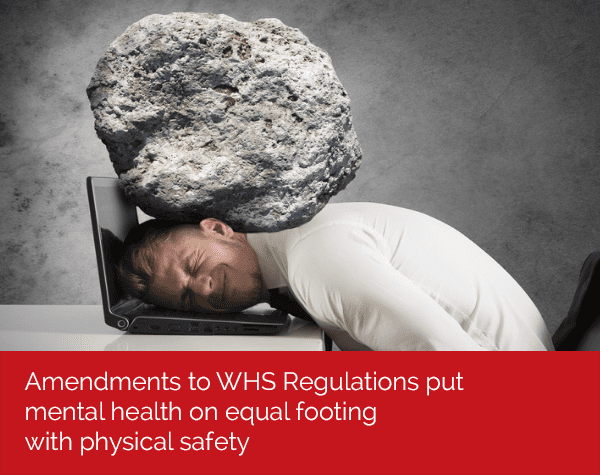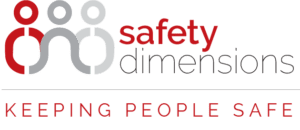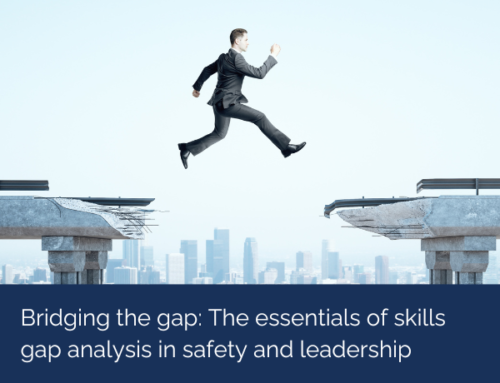
The landscape in Australia is changing when it comes to safety and the obligations of employers.
Here s what you need to know.
Under existing workplace health and safety laws, employers and duty holders are obligated (as far as reasonably practicable) to provide and maintain a safe working environment without risk to workers  physical health.
Up until now, psychological safety at work in terms of things like bullying and harassment has generally sat within a Human Resources or Learning and Development framework and is linked to the Fair Work Act (Cth) 2009.
However, things are changing.
Most states and territories, (with the exception of South Australia) have either implemented regulations (or given an implementation timeframe) that expands the obligations of a person conducting a business or undertaking (PCBU)  to manage psychosocial hazards and psychosocial risks in the workplace in addition to physical hazards and risks.
While states and territories differ slightly in their regulations wording, what is common to all seems to be the definition of psychosocial hazards and risks.
What are psychosocial risks and hazards?
The model WHS Regulations defines a psychosocial risk as a risk to the health or safety of a worker or other person arising from a psychosocial hazard.
A psychosocial hazard is defined as a hazard that:
a. arises from, or relates to:
- the design or management of work,
- a work environment,
- plant at a workplace, or
- workplace interactions or behaviours, and
b. may cause psychological harm, whether or not it may also cause physical harm.
What does this change mean for my organisation?
When regulations are in force, organisations (PCBUs) must identify and manage psychosocial risks and consider all relevant matters when determining and implementing control measures to manage these hazards; regardless of whether someone has made a complaint or has been injured.
In short, this means psychosocial risks are to be treated in the same way that other risks to health and safety (i.e. physical risks) are dealt with.
What are the ‘relevant matters’ that organisations need to consider regarding psychosocial risks in the workplace?
These include:Â
- the duration, frequency and severity of the exposure of workers and other persons to the psychosocial hazards,
- how the psychosocial hazards may interact or combine,
- the design of work, including job demands and tasks,
- the systems of work, including how work is managed, organised and supported,
- the design and layout, and environmental conditions, of the workplace, including the provision ofâ
- safe means of entering and exiting the workplace, and
- facilities for the welfare of workers,
- the design and layout, and environmental conditions, of workers accommodation,
- the plant, substances and structures at the workplace,
- workplace interactions or behaviours, and
- the information, training, instruction and supervision provided to workers.
Notes on specific states:
New South Wales, Western Australia & Queensland
New South Wales, Western Australia & Queensland have adopted changes similar to the national model WHS Regulations, however, Queensland has a key difference with PCBU s required to apply the hierarchy of controls to psychosocial risks.
*Victoria
The proposed Occupational Health and Safety Amendment (Psychological Health) Regulations, which will amend the Occupational Health and Safety Regulations 2017, are currently undergoing a consultation review process by SafeWork Victoria and the Victorian Government. Progress on the proposed amendments will continue throughout 2023 with an effective dated expected to be announced for mid to late 2023.
Additional requirements under the proposed Victorian amendments are to:
- Prepare a written prevention plan, where an employer has identified one or more of the following psychosocial hazards: aggression or violence, bullying, exposure to traumatic content or events, high job demands or sexual harassment. The plans must identify, control measures to mitigate the identified risks and an implementation plan.
- Reporting obligations for employers of more than 50 employees. A written report must be provided to WorkSafe Victoria of any psychosocial complaints the employer has received during the reporting period. A hard copy of the report must be kept for five years.
Â
Organisations need to be aware of the legislation specific to their jurisdiction and proactively consider risks to psychological health in their workplace and build and adopt an effective risk management process to manage those risks.
Check with your state WHS regulator to find out the legislation that applies to your state or territory.Â







